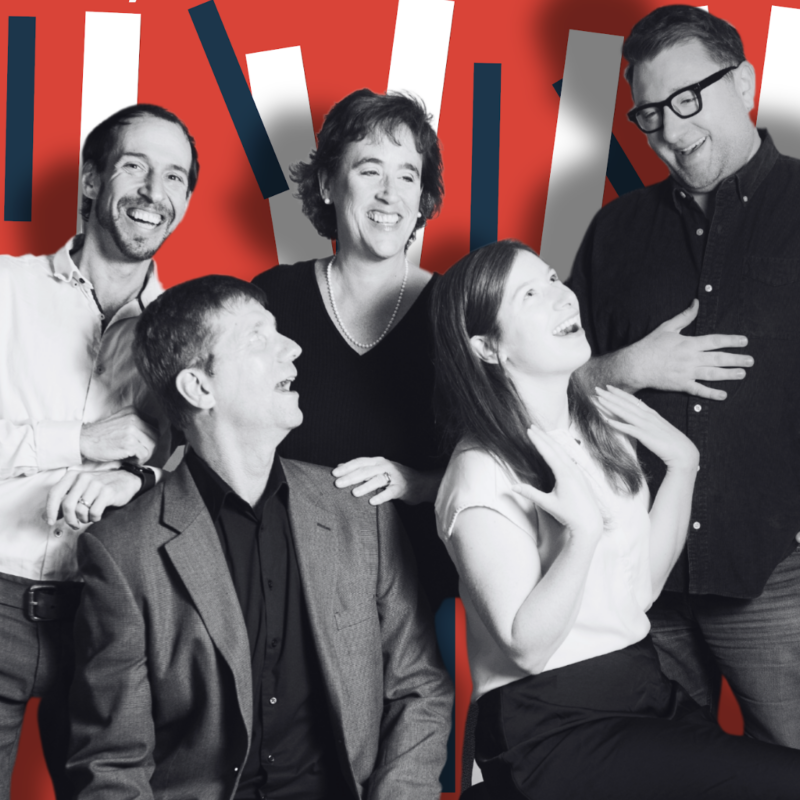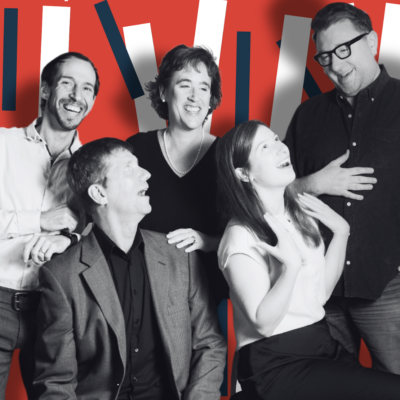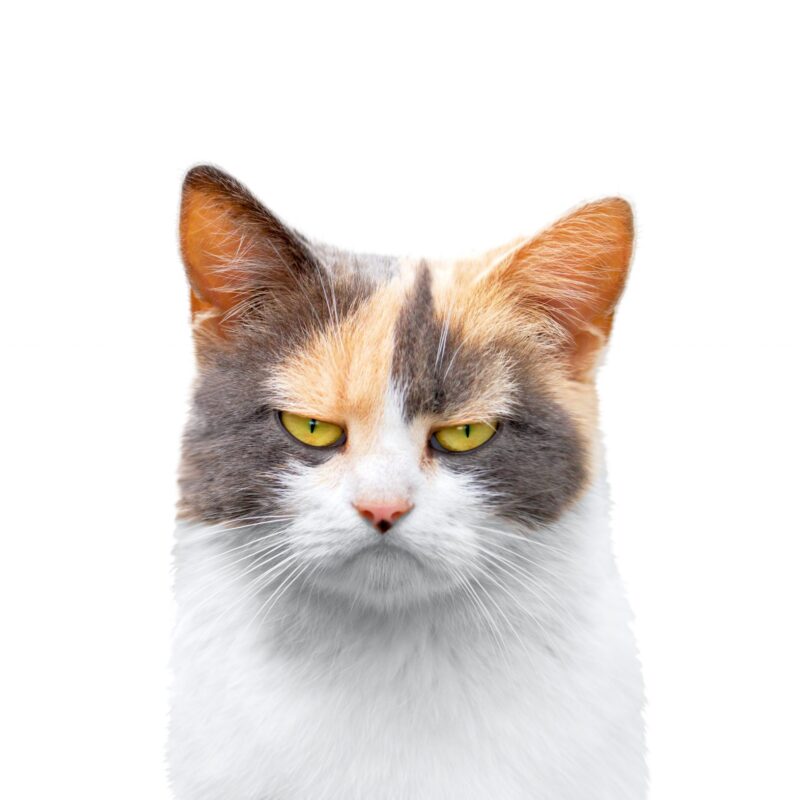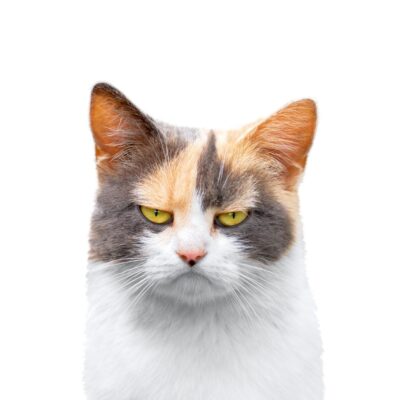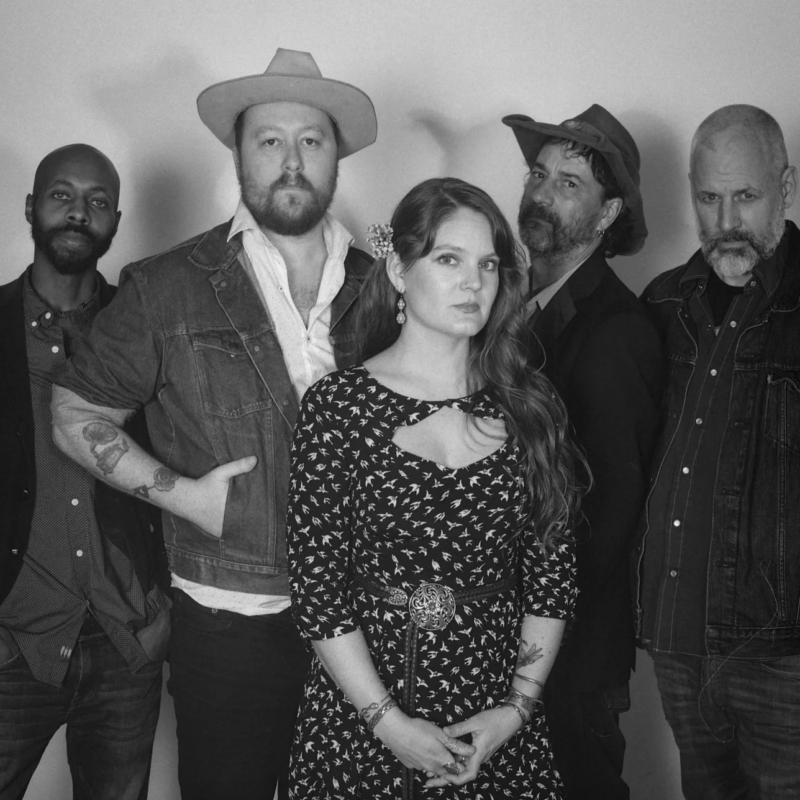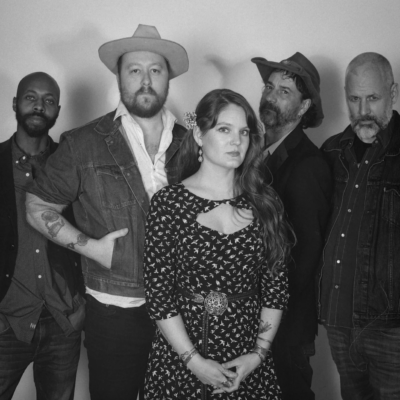What are you working on right now?
Well, two things. I’m working on a play that’s based on a work of art I did several years ago called “Mapping the Dark: A Museum of Ambient Disorders.” Fran Smith and I are doing this together—she’s directing it and we are developing a stage presentation for the 10 characters that I created for the original work of art. So it will be a multimedia affair. I’ve enlisted 10 different writers to contribute an extended life to each of the characters I’ve developed, and we’re in the process of workshopping it.
|

Asked her guilty pleasure, Rosamond Casey, member artist at McGuffey Arts Center, says, “Eating pickled herring… I can’t stand looking at it, so I have to eat one piece a day out of the jar in a darkened room, so that I can’t see what it looks like.”
|
I’m also working on a science and art project that was launched about a year ago, with a psychologist named David Waters. We’re developing a set of images that will function as a card game, which can be used to stimulate verbal communication between two players with the minimum amount of emotional static. It’s a fun game; it takes people a little bit to the edge, but it also places people into kind of a pleasant state of interaction. It’ll be used in therapeutic environments, but also between any two people—friends, husband/wife, mother/child, and so on.
Tell us about your day job.
I go to the McGuffey Arts Center every day in the morning and come home in the afternoon. My whole life is there except for the life I have at home—which is a good life too. At McGuffey I’m pulled by a lot of different projects, both through the teaching that I do and McGuffey obligations, meetings and so on. But I pretty much hole up in there and get my work done.
When you’re in a creative mood, what is your favorite snack food?
Once a day, I take a walk down the hall to our executive secretary’s office. I sneak in there, reach my arm in, and pull out a mini-Mars bar from her candy bowl. That keeps me going for an hour or two.
Who is your favorite creative artist?
Francis Bacon, as a painter—something about the way he kind of hacks through the unknown with paint, so you never seem to have a clear idea of a destination, or as to where he’ll end up. His work seems more like a process than an outcome.
Tell us about a big idea that you’ve been carrying around with you.
There used to be a strange theme in my life, regarding psychological issues—the “Mapping the Dark” play is nothing but that, and so is this game, and working with David Waters has been very inspiring. But I’ve also created a class called “Art in Character,” in which I’ve asked people to develop a character over an eight-week period. I’ve taught this once already and it was really incredible…the extent to which people were really willing to shave off a little corner of what they know to be themselves, and to build a character from that. I gave them a series of exercises and things to do to activate that character’s creativity, to make things in the persona of this other character. I think it’s just endlessly fascinating, how this enlarges a person’s sense of who they are.
What would you say is inspiring about Charlottesville right now?
McGuffey Arts Center is inspiring to me right now. It’s kind of in its heyday, I think—I’ve never seen such good art emanating from that place. I think it’s alive through a lot of different programs and activities. Sometimes I see McGuffey through the eyes of someone who has never been to McGuffey, and it’s amazing how you have the opportunity to walk down the corridors and see artists at work in their open studios.

